I have had a lot of fun using AI to generate artwork, but so far, my work has been limited to style transfer algorithms. However, as I have recently moved to a new home, I am trying to generate more art to decorate. Rather than purely style-transfer art from photographs, I have decided to dust off an old project from my experiments with Deep Cognition's Deep Learning Studio. I like this product because of two key factors: its GUI makes it easy to implement and combine algorithms from others, it can use my own computer's resources to run, rather than relying on the cloud. I paid for the whole GPU, so I'm going to use the whole GPU, damn it! However, as I will describe later, I was unable to replicate my earlier work due to major changes to the software.
After playing around with some of the image colorization tools and AI upscaling, I found an interesting module that used a deep learning algorithm (I forgot which one, but more on that later) to generate "photorealistic" images from text. As this was a few years ago, and AI image generation was not nearly as powerful as it is today with algorithms like DALL-E.
As you can clearly see, the image generation left much to be desired. They appeared more "surreal" than real. Picasso once said "I paint objects as I think them, not as I see them." That seemed oddly appropriate for a computer painting what it thinks a woman or a glass or a chair looks like without actually seeing one, and these certainly had a very picasso-esque look to it. I decided to then take these outputs and run them through a style transfer layer, which turned them into what I believe are passable Picassos
This meant that I had built a system that could take any arbitrary description as input, and then generate a Picasso as an output.
Unfortunately, Deep Cognition has made a large number of changes to Neural Network Console, and I haven't been able to replicate my setup (or even get the software properly running again). This is a shame, because I was hoping to generate a new set of picassos, or even completely different paintings using the more advanced DALL-E algorithm. In fact, it appears that Deep Cognition has almost completely wiped out evidence of the existence of its earlier products (which in my view were much easier to use, treating each algorithm as a "layer" to be performed sequentially). Sadly, I have also been unable to find earlier versions of the program to reinstall on a Ubuntu partition and conduct this experiment again. Perhaps in time I will find another solution to build more artwork in this way, but for now, I am left only with the Picasos above.

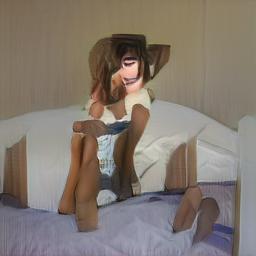

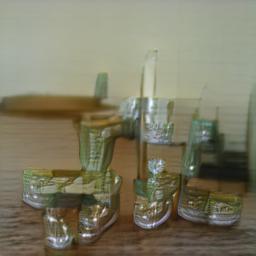

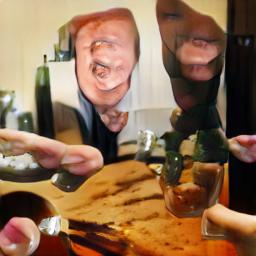

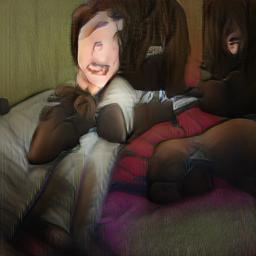













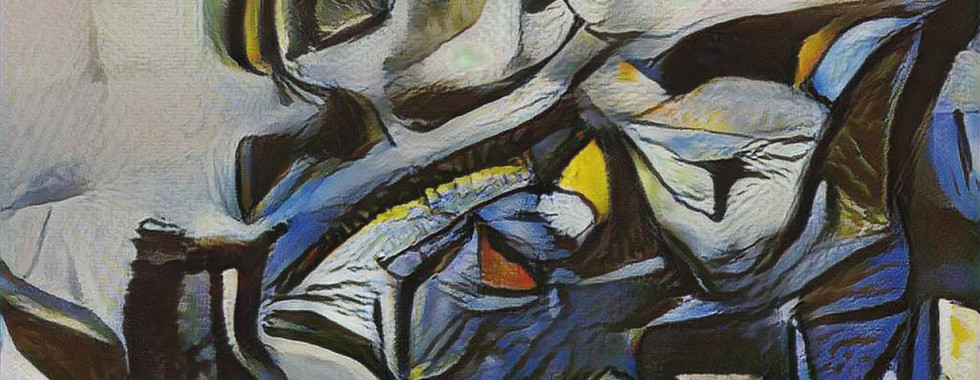






Comments